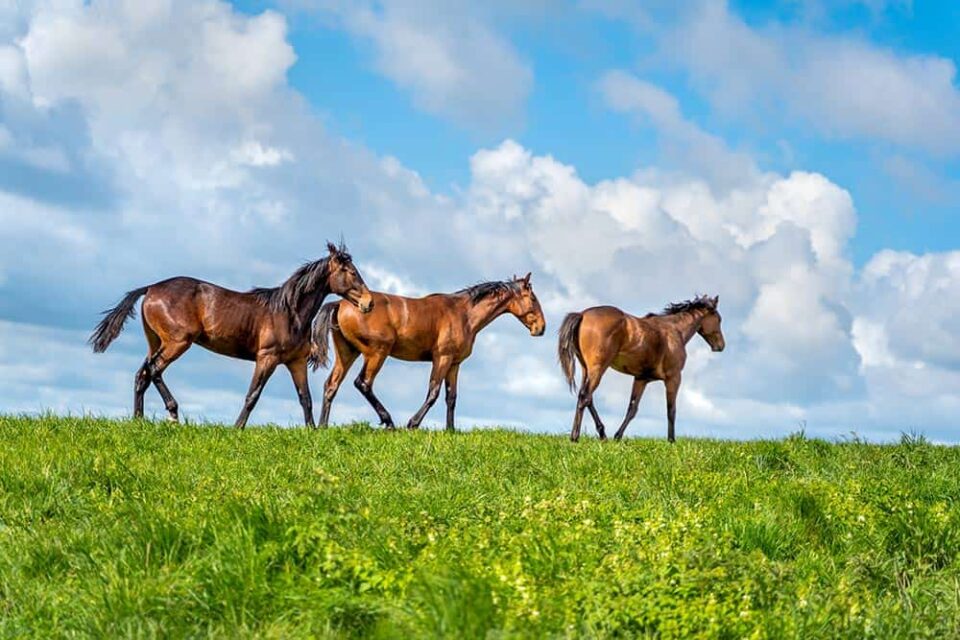Set in South Africa’s Breede River Valley, Klawervlei Stud is more than a horse farm — it’s a living philosophy. Third-generation breeder John Köster blends top-tier Thoroughbred genetics with natural farming practices, a deep respect for horses, and a strong community ethic.
A Philosophy of Balance
Köster’s goal is twofold:
-
Breed the ideal racehorse — fast, balanced, and durable.
-
Do it sustainably, in harmony with nature and people.
“The horse is the noblest of God’s animals,” he says, “and it’s brought us together as a community.”
Klawervlei’s roots run deep. Köster continues the bloodlines started by his grandfather in 1953, selectively breeding for both speed and stamina — a rare blend in an industry now heavily focused on short-distance sprinters.
Farming with Nature
Located near Bonnievale, the farm spans 600 hectares and is home to around 330 horses. The climate is semi-arid, with terroir comparable to California’s Napa Valley or Australia’s Hunter Valley — ideal for raising tough, athletic horses.
Horses graze freely on rotational pastures, supplemented with soil-specific minerals and a custom feed mix. Köster believes the best development comes from natural movement, which is encouraged even in feeding routines: water and feed are placed apart to make the horses walk and run.
A Precise Breeding System
Breeding season kicks off in July. Mares are closely monitored with veterinary scans, and only live covers (no artificial insemination) are accepted for Thoroughbred registration.
Foals are born outdoors, with colostrum tested and stored. Foaling teams are on standby 24/7 with medical gear ready. Weaning is a gradual process, aided by ‘nanny’ horses — retired mares and geldings that teach the youngsters how to behave.
After weaning, foals run in mixed herds over rugged terrain, helping them build strong legs and resilience. Feed and weight are carefully monitored to avoid developmental issues.
Breeding Champions
Though Klawervlei is called a boutique stud, its achievements are anything but small.
-
Captain Al, bred at Klawervlei, became a legendary sire and now a champion broodmare sire.
-
Stallions like Vercingetorix, Rafeef, One World, and William Longsword — all in South Africa’s top 12 — trace their lineage to the farm.
-
Vercingetorix’s limited 20 breeding spots recently attracted 60 applications at R200,000 each.
Köster relies on a mix of inbreeding, line-breeding, and outcrossing, choosing matings based on conformation, temperament, and bloodline knowledge.
A Community Built on Horses
A standout feature of Klawervlei is its people-first model. The farm is structured into teams, each led by experts in stallion care, foaling, weanlings, and more. Workers benefit from educational initiatives for their children and even own breeding mares through a staff trust.
Profits from sales are shared, giving staff a tangible stake in the success of the stud.
Legacy in Motion
Köster’s passion is evident in every detail — from foal scoring charts to colostrum banks, and from pasture rotation to mentoring team leaders.
“You need to know your mare and your stallion intimately,” he says. “By the third or fourth foal, you start learning what she produces.”
At Klawervlei, breeding elite racehorses isn’t just about winning races — it’s about growing a legacy, rooted in nature and nurtured by people.



